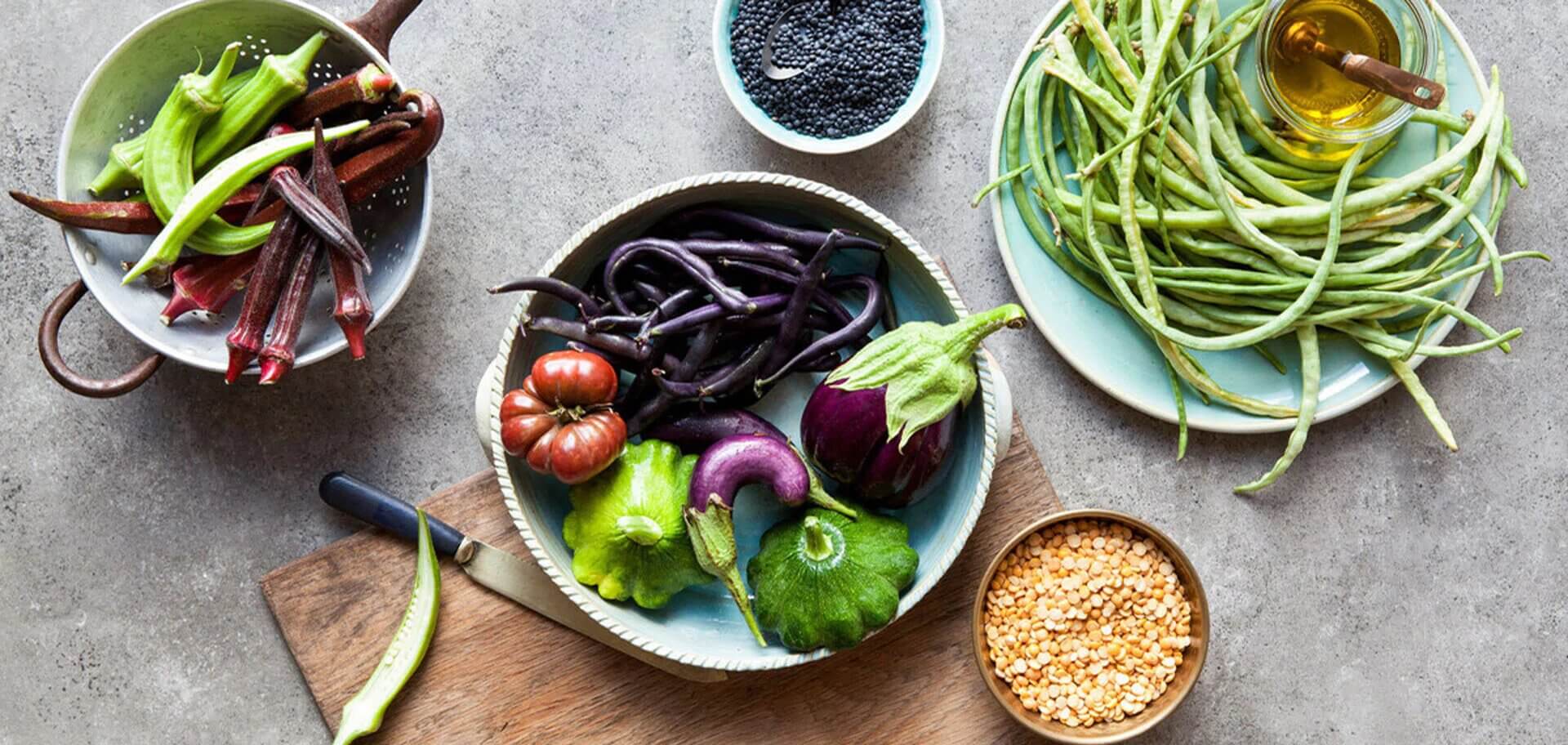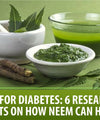Best Food for Piles
Recent Post
Weight gain without overeating: is
Feb 15, 2023
Neem For Diabetes: 6 Researched
Nov 03, 2022
Do you know the most
Nov 02, 2022
Start Eating These 7 Fruits
Oct 28, 2022

Bratati Sen
Happiness Strategist
Jan 12, 2022
The pain caused by piles, bleeding, itching, irritation, and discomfort often takes away precious life moments. Piles (Haemorrhoids) often, called bawasir, are usually caused by straining during bowel movements. The best food for piles actually is commonly available, but we rarely follow the basics.
Piles are one of the easily preventable conditions. Our choice of foods, unhealthy lifestyle, long sitting hours can increase the risk of piles. Best way to fight piles is to choose right food.
Read the article to know the best foods for piles or the best diet for hemorrhoids sufferers.
What is Piles
Piles, bawasir or hemorrhoids are the inflamed and engorged blood vessels around the anus or near the lower rectal region. Many factors contribute to the development of piles. One of the main reasons is the pressure on the veins located around the anus or lower rectum.
A few symptoms of piles include painful lump around the anus, painful bowel movement, painless bleeding during a bowel movement, and itching or irritation around the anal region.
How Piles start
75% of people suffering from it are mainly in the age group of 45-65 years or pregnant. People with long sitting hours with a deadly combination of wrong food choices are also susceptible to piles.
A few reasons which are common these days are :
- Constipation
- Excessive straining when pooping
- Ageing
- Lifting heavy objects
- Persistent coughing
- Pregnancy
- Chronic diarrhoea
- Prolonged Sitting
How to choose Best Foods for Piles according to Ayurveda
Avoid :
Avoid heavy foods, untimely meals and food items that cause constipation and indigestion.
Choose:
Eat a fibre-rich diet and drink adequate water. Old rice, barley, garlic, black pepper, lemon, gooseberry, ginger, and judicious use of medicinal beverages are beneficial for patients with piles.
What should be the Best Foods for Piles?
The main goal is to add more fibres. Fibres add bulk and increase stool weight, reducing the time faeces remain in the colon and increasing water retention in the colon, resulting in softer stools that pass more quickly.
Certain foods are considered the best food for piles because of their low-fat content, high on fibre. And for today's time, this should be convenient too to add to our daily diet.
The patient should take plenty of water, adequately cooked green vegetables, and fruits.
Whole Grains:

Whole grains are nutritious powerhouses, as they retain their germ, bran, and endosperm, which are high in fibre and other nutrients. Whole grains are exceptionally high in soluble fibre and thus considered one of the best food for piles. Switching from refined grains like white flour and white rice to whole grains can help with constipation.
Whole grains help with digestion, and this can help relieve the pain and suffering associated with piles.
Here are some excellent whole grain choices :
Barley:
Barley is high in a fibre called glucan, which breaks down in the colon and softens the stool by forming a sticky gel. According to research consuming barley may also aid to maintain excellent colon health.
Brown rice:
Brown rice has more fibre, protein, and micronutrients than refined grains like white flour because it contains all the grain's essential parts. It encourages good colon health. We generally get carried away with white and good looking rice, but brown rice is one of the best food for piles in Marathi.
Oats:
When it comes to reducing piles symptoms, oatmeal is an excellent food to include in your diet. Oats contain soluble fibre that promotes your gut microbiome by serving as a prebiotic.
Whole Wheat:
Whole wheat items that have been unprocessed or mildly processed are high in insoluble fibre, which increases faecal weight and colon transit time. Choose whole-wheat goods with nuts and seeds for additional fibre.
Note: If you have chronic constipation, you might want to try an all-grains diet to see if it helps your symptoms.
Tubers:
Piles were a rare occurrence in India because traditional dietary patterns comprised a nice variety of tubers, vegetables, and fruits, like:

Jimikand
It is a kitchen vegetable that is rarely praised. Ethno medicine utilities Jimikand/suran is considered to treat gastrointestinal problems like constipation and hemorrhoids. It also is a digestive, carminative, stomachic, and appetizer with special gastrointestinal effects. Jimikand or Suran is also accepted as one of the Best food for piles in Marathi.
Sweet Potato
Constipation occurs when the flow of food through the digestive system is slowed, which can occur due to a low-fibre diet, old age, inactivity, or certain medications. According to research on the soluble fibre found in sweet potatoes, one medium sweet potato contains beneficial fibres such as cellulose, lignin, and pectin. Sweet potato is called Rataale in Marathi and is treated as one of the best food for piles in Marathi.
White Radish
Radish is high in fibre and helps to maintain regular bowel movements. By eating this root vegetable, you can avoid constipation, acid reflux, and other digestive disorders like irritable bowel syndrome. White Radish or Pandhara Mula in Marathi is consumed in India with various names. This is used to treat piles and is undoubtedly considered one of the best food for piles in Marathi.
Radishes have 1 gramme of fibre per 1/2 cup serving. Each day, a couple of servings will help you meet your daily fibre requirement.
Vegetables:

One of the most significant ways to keep your bowels flowing is to eat many veggies, especially green leafy vegetables. Vegetables give nutrients that are beneficial to your general health and provide a healthy amount of fibre. Best food for piles can never be complete without raw or cooked fibrous vegetables.
Green Leafy Vegetables
Green vegetables have a lot of antioxidants. To treat Piles, you can have Broccoli, cabbage, carrots, spinach, cauliflower, tomato, and other similar vegetables. These are some of the best foods for piles.
Bell Pepper
Bell peppers are not as fibrous as some of the other vegetables on this list but are very moisturizing, with a water content of 93%. This, along with fibre, makes it simpler to pass your faeces and minimizes strain.
Sprouts
Rich in Vitamin C, calcium and highly fibrous, and that's why considered one of the best food for piles. Steamed or boiled sprouts rank high in the list of best foods for piles. Avoid taking soaked sprouts, though.
Fruits: As Best Food for Piles

Fruits are an excellent way to relieve constipation. However, not all fruits are the best food for piles, so we need to choose primarily fibrous ones. Please note that fruit juices are not as effective as whole fruits and rarely are considered the best foods for piles.
The majority of fruits are good for piles. Fruits high in dietary fibre - provide a variety of additional nutritional benefits.
Pears
Pears are delicious on their own, so that they can be used salad or fruit salad. One medium pear contains roughly 6 grams of fibre that is 22% of your daily fibre requirements. As this is one of the best foods for piles, eat this fruit with the peel on because the peel contains a lot of the pile-busting fibre.
Guava
Guava contains about 9 grammes of fibre and contains no starch. It is high in fibre, which helps improve digestion and relieve constipation. Hence, Guava is one of the best foods for Piles.
Papaya
According to a reputable haemorrhoid specialist, constipation is one of the main causes of haemorrhoids, and it can be cured effectively with papayas. The fruit is high in fibre and is said to aid in softening faeces.
Pineapple
Pineapple has both soluble and insoluble fibres, and both of them a very effective in curing piles. As water cannot break down insoluble fibre, it adds bulk to the stool and aids food passage through the stomach and intestines. This can avoid both Constipation and Piles.
Banana
When discussing the best foods for piles, ripe bananas are certainly to be considered. A Natural laxative, bananas have high antibiotic qualities, which has the power to heal the infected area by reducing bacterial growth.
You have to choose from a variety of fruits and vegetables to find out which best suits you and the best foods for piles will work for you within a few weeks. Yes, permanent relief comes from corrected food habits.
Seeds: As Best Food for Piles
Seeds come in various varieties, all of which are high in fibre. Some of the most popular include chia, powdered flaxseeds, and psyllium. You may put them in smoothies or sprinkle them on salads or yoghurt.
Chia seeds (Salvia hispanica L)
Chia seeds are one of the most fibre packed foods, with 40% of their weight made up of fibre. This micro-super-food can absorb 12 times its weight in water and moisten faeces, making removal simpler.
Sabja Seeds (Ocimum basilicum)
Soak sabja seeds overnight and have them the next day with various salads, milk, or beverages. It has high nutrition power and is considered one of the best foods for piles, even pregnant women.
Flax seeds (Linum usitatissimum)
Flax seeds help bowel motility and work as a laxative. With additional benefits for a healthy gut, flax seeds can be used with your cooked vegetables.
Fenugreek seeds, fenugreek seeds, banyan seeds, cumin seeds, pumpkin seeds, and sesame seeds are all good for gut health and considered one of the best foods for piles either soaked overnight or taken raw.
Conclusion
The primary goal of the Indian diet for piles is to avoid future issues by reducing straining during bowel movements. Best foods for piles are ample around us, but we need to make a conscious decision.
← Older Post Newer Post →
© 2022, WellthyLife. All Rights Reserved.








